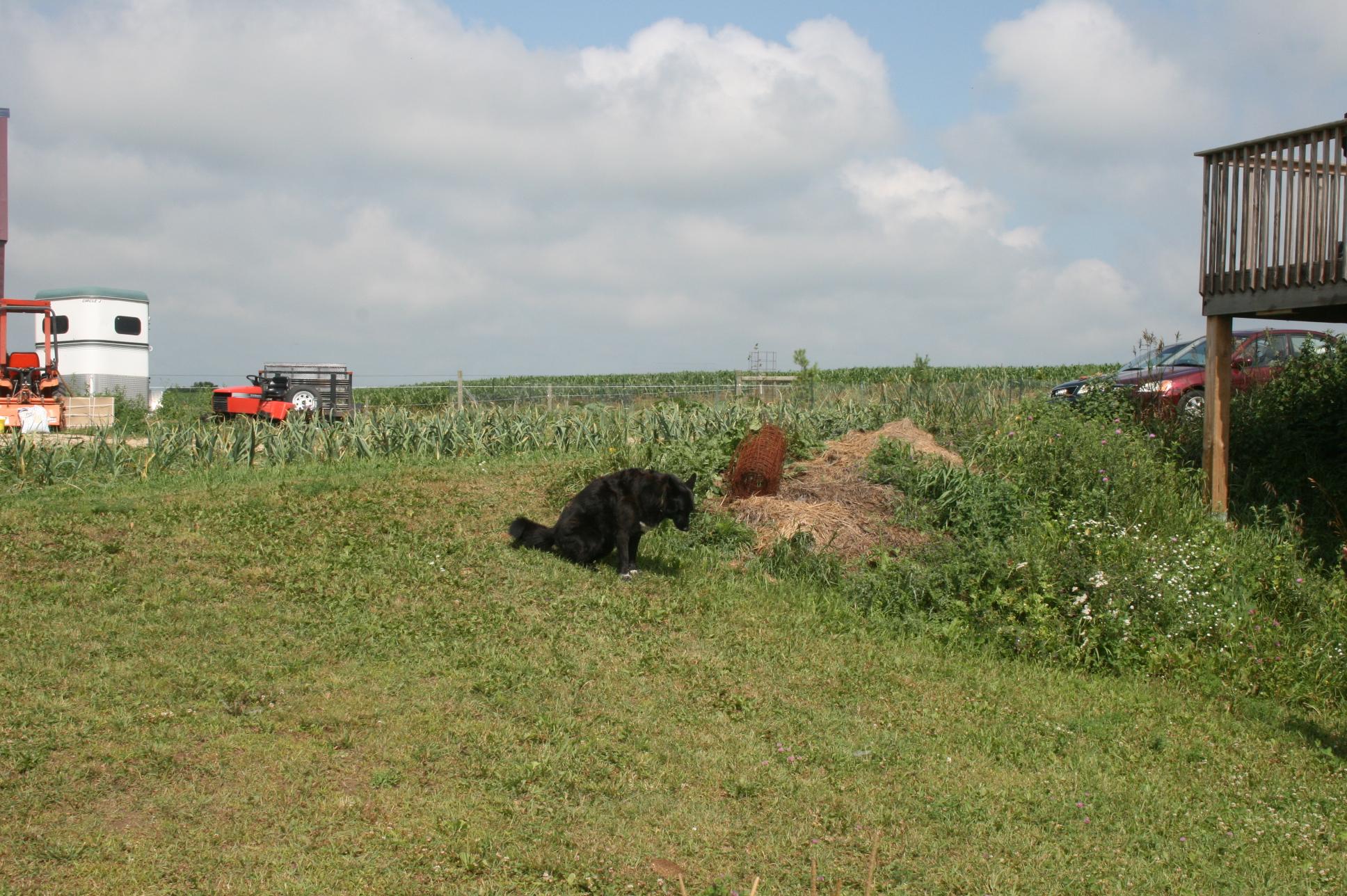(FULL TEXT BELOW, ORIGINAL ARTICLE IS HERE)
Three plans for fuel emergencies have recently been released by UK public sector agencies. This review compares the three plans, highlights certain points from each, and provides internet links to the documents.
DECC's Business Continuity Management for Fuel Shortages (Nov. 08)
Although DECC is now the lead ministry during fuel emergencies, their document is the shortest (10 pages) of the three plans and overlooks some fundamental information which is contained in the other two.
DECC warns that local fuel supplies "could be exhausted within 48 hours of an [extreme] incident and it could take up to 10 days before stock levels are fully restored" (p.2).
DECC's Maximum Purchasing Scheme would limit purchase for non-essential users (ie. the general public) to a maximum of 15 litres (roughly 3 gallons) per purchase.
This appears to be an impractical strategy for two reasons:
- History: In USA during the 1979 crisis they limited purchases to a $5 maximum, a similar volume. As Daniel Yergin states, "The results were exactly the opposite of what was intended, for it meant that motorists had to come back to gas stations that much more frequently" (The Prize, p. 692).
- Common sense: Citizens who are worried about their fuel supply will continually be tempted to top up their tanks. Topping-up creates line-ups which waste time & fuel and increase tensions at the pumps. As Yergin further points out, “One estimate suggested that America’s motorists in the spring and summer of 1979 may have wasted 150,000 barrels of oil waiting in line to fill their tanks!” (The Prize, p. 692).
Other analysts have recommended a fixed limit, say 30 litres (no more and no less) as a way of preventing topping-up.
In Annex A, this document refers to the Designated Filling Stations (DFS) which “would provide priority access to road transport fuels for defined customers requiring them for a priority use” (p. 7). Curiously, there is no mention of the fact that over 650 of these DFS sites have already been identified (a fact which is mentioned in the two NHS documents which follow).
Having a number of pre-identified sites which will be restricted to defined priority users is prudent planning.
Here is the link:
Business Continuity Management for Fuel Shortages
NHS Guidance on Planning for Disruption to Road Fuel Supply (Oct. 08)
At 30 pages, this is the longest of the three documents.
It contains several interesting observations:
- In the aftermath of Hurricane Katrina, health facilities had power and their lights acted as a beacon (literally) for displaced citizens, and this created some security issues for those facilities.
- The "Myth of a Central Fuel List" (p. 14) indicates how seriously businesses view their fuel supply and gives a hint of the efforts that people will go to in order to gain preferential access/Essential User status.
- This document has several warnings not to underestimate the complexities of a fuel shortage.
- The recommendation to "attempt to have all workers try public transport options" (p. 14) of course makes sense, but as US fuel emergency analyst Kathy Leotta (2007) points out, "Transit systems have only limited capabilities for quickly increasing services... due to a small supply of extra vehicles and drivers" (Leotta, p. 4).
Switching to public transit will be easier said than done. - Other than its request to ensure that "all unforecasted costs... are captured for audit" (p. 17) there is little acknowledgment of the budgetary concerns which could quickly arise. It seems highly unlikely that any free-market economy could have an extended fuel supply problem without also having an extended price spike.
- This document provides a preview of the time and energy which must be devoted to the bureaucratic tasks of identifying, approving, informing, prioritizing, documenting and reviewing. How personnel can reasonably cope with the additional bureaucratic burden (on top of the other practical difficulties caused by a fuel emergency) should be of great concern.
Here is the link:
NHS Guidance on Planning for Disruption to Road Fuel Supply
Heart of Birmingham NHS Fuel Shortage Plan (reviewed June 27/09)
This 21-page plan offers a more detailed look at the complexities of managing the Temporary Logo Scheme (p. 4-5), issues around communicating info to the public (p. 6), concerns about supply chain failures, etc.
Returning to the topic of budgetary problems arising during a fuel emergency, it is puzzling to see no warnings in any of these three documents that pricing during a fuel emergency could prove problematic to their budgets and/or to the service delivery capability of their agencies.
In the Birmingham document, the topic of Financial Implications (Sect. 12.0) is raised, but this section contains only one unfathomable sentence: "There are no significant financial implications anticipated in the implementation of this plan" (p. 13).
Similarly, Sect. 10.0 on Training states: "There are no specific training requirements associated with this plan" (p. 13).
Both NHS documents contain some specific and sensible recommendations for personnel, for delivery of services, accountability re fuel use, etc. One would think that this would surely require detailed consultation with staff (and subsequent training) in order to implement these recommendations.
Here is the link:
Heart of Birmingham Teaching Primary Care Trust Fuel Shortage Plan
Some final comments
To their credit, UK planners have highlighted two central facts:
- a fuel emergency can be extremely difficult to administer, and
- fuel supply and other emergencies must be addressed primarily at the local level, hence the need for local plans, pre-authorization & empowerment, etc.
In North America, meanwhile, there seems to be no comparable activity to raise the profile of fuel emergencies nor to lay preparatory ground-work at the local level.
However, even the UK planners may be placing insufficient emphasis on the ability of a sustained price spike (potentially coupled by a surge in demand for service) to seriously constrain budgets and the provision of essential services.
These three documents offer a preview of a way of life which most citizens have thankfully never experienced: a society where fuel has suddenly become very expensive, where physical supplies of fuel and food may be restricted, where public services are curtailed, and where the overall economy and the public tax base hang in the balance.
The complexities of managing such an unprecedented situation are enormous.







